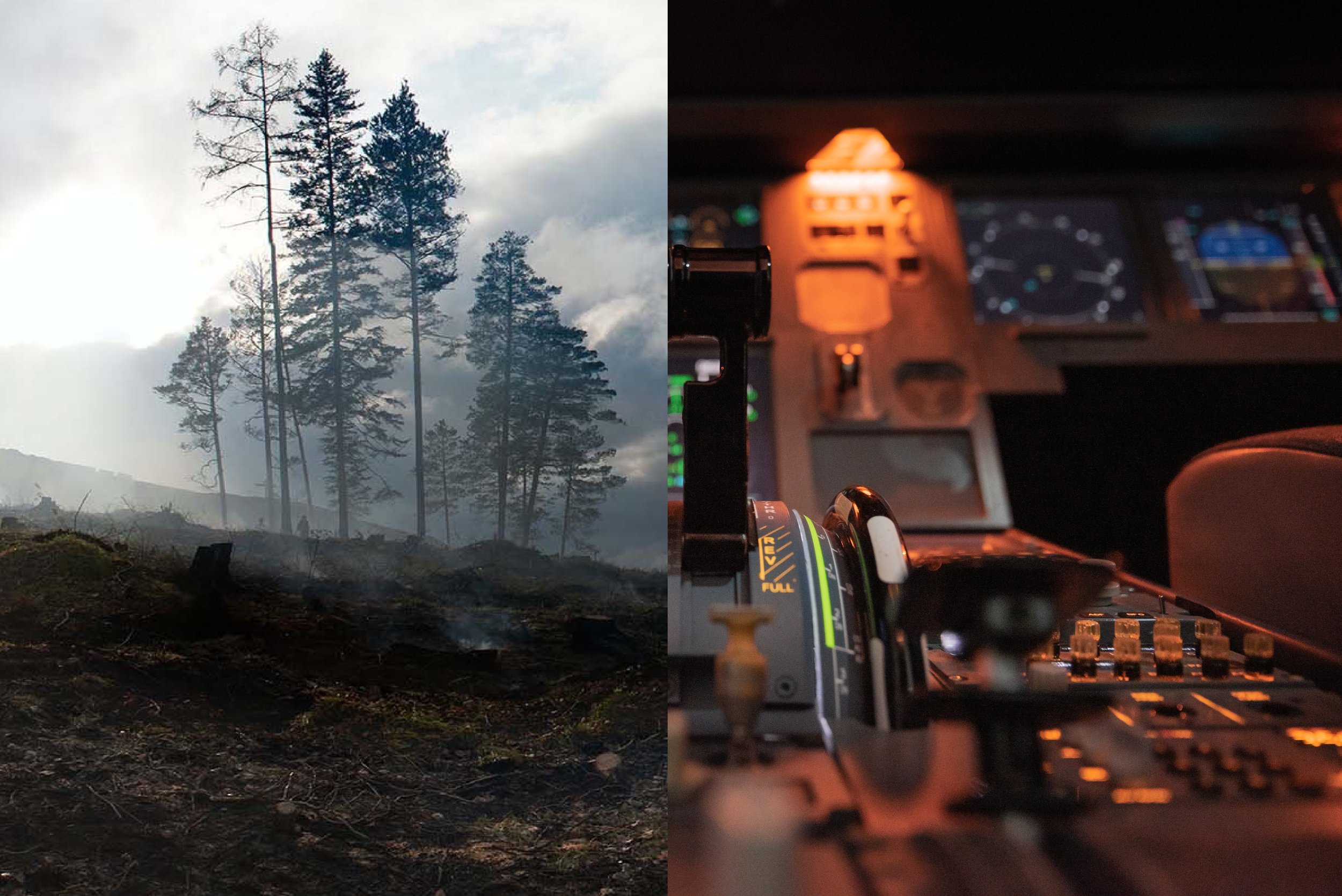
THE CHALLENGE
Prosperity and Connectivity should not just be dreams.
Air travel has brought families and nations together and connected the remotest places on our globe. It has brought opportunities and enabled the dreams of many.
Air transport is responsible for 40% of all the world’s physical trade by value, bringing prosperity to regions that might otherwise be left behind.
Aviation enables us to connect with each other, friends, families and cultures.
40% of Physical Trade Moves by Air
Air Travel Connects the World
But air travel should not cost us our planet.
Global warming and extreme weather have impacted us all. The reality is that whilst polluting aircraft emissions may be a small proportion of global CO2 emissions today, the growth of aviation emissions is outstripping the rate of improvement in aerospace technology.
The Aviation Industry will miss its committed emissions targets by 800% in 2050 if nothing is done. And it is not just about CO2, we must address NOx emissions and contrails too.
800% exceedance of aviation emission targets by 2050
NOx and CO2 Aircraft Pollution
Aircraft Contrail Warming Effects
And realities need to be faced.
Carbon off-setting is rightly challenged for its weak controls and questions over longevity. Some say that SAF (Sustainable Aviation Fuels) will be aviation’s answer, but SAF use still releases CO2 at altitude where it is most damaging and still results in NOx emissions.
Others hoped that battery-electric technology would bring a Tesla type revolution to our skies, but the very poor specific energy of batteries and meagre range makes this technology impractical for airline use.
Exploring all the options.
At ZeAero% we analysed many different possibilities for zero emissions, before settling on our zero emissions solution. From the use of ammonia or methane for fuels, to analysing battery-electric and gaseous hydrogen, we investigated them all. Unfortunately, most of these solutions either did not achieve zero emissions, or they were impractical.
Batteries are a false dawn for aviation.
NASA studies published in 2016 concluded that even with projected battery improvements that battery-electric might only power small, short-range aircraft such as trainer aircraft before the 2050’s. Battery-electric aircraft have very short range and often have to compromise flight diversion safety margins to even fly the shortest of missions. This is without worrying about the dangers of thermal runaway battery fires.
Battery-Electric Poor Range
Thermal Runaway Battery Fires
Reduced Diversion Safety Margins
Gaseous Hydrogen gives insufficient range.
Gaseous Hydrogen has been promoted as a short cut to bring hydrogen aviation to market, but the fundamental range of the technology is poor. Even the most optimistic patented high pressure hydrogen gas tanks, the volume and weight required for these tanks limit the aircraft to very short missions – not good for airline networks. High-pressure hydrogen leaks can also damage structure, displace air and sustain fires, meaning a lot of care is needed in the design to ensure safety.
Something more disruptive is needed.
Short Range
Heavy Solution
High Pressure Gas Safety













